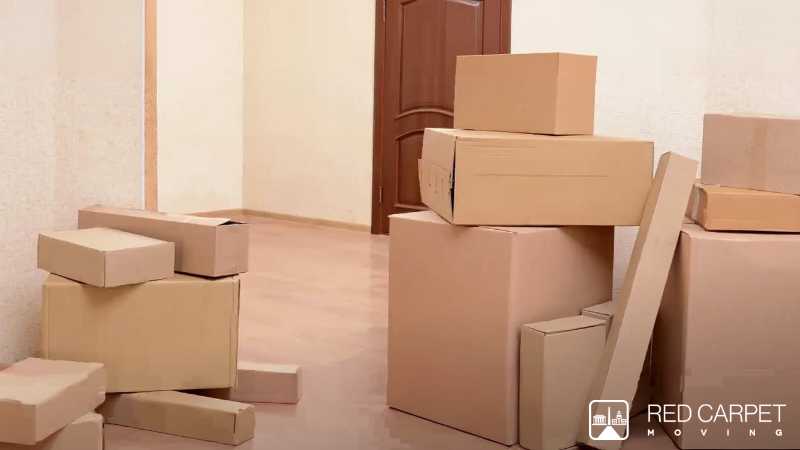Moving a piano or other delicate household items can be one of the trickiest parts of relocating. These pieces often carry not just financial value but also emotional significance, so ensuring they’re handled with care is essential.
Many homeowners underestimate how challenging these moves can be until faced with the task, making proper preparation even more important. With the right planning, tools, and precautions, you can make the process smooth and safe for everyone involved.
Preparing for the move
Before lifting a single key or leg, planning is key. Moving large or fragile pieces requires forethought, organization, and the right equipment.
Assessing what you’ll be moving: Start by identifying which items need special attention. Pianos, antique furniture, glass cabinets, mirrors, and artworks often require unique handling. Measure doorways, staircases, and hallways to ensure these items can fit through without damage. Clear the path of clutter to prevent tripping or bumping into obstacles on moving day.
Gather the right tools and equipment: You’ll need more than just muscle power to move heavy or delicate items. Essential equipment includes furniture dollies, moving straps, and blankets or padding to protect surfaces from scratches. If you’re moving a piano, invest in or rent a piano dolly and heavy-duty straps designed for stability. Don’t forget to wear sturdy gloves and closed-toe shoes to maintain grip and safety.
Protecting floors and walls: Large items can easily damage floors, walls, or doorframes. Lay down cardboard sheets, moving pads, or old rugs to protect your flooring. Wrap furniture edges and piano corners with thick padding or bubble wrap. If your home has tight turns or narrow doorways, temporarily remove doors from hinges to create more space.
Safely lifting and transporting delicate items
Once everything is prepared, the next step is lifting and transporting your valuables with precision and care.
Use proper lifting techniques: Never rush when handling heavy objects. Bend your knees, keep your back straight, and lift using the strength of your legs, not your back. Work with a partner whenever possible. Communication is key: count down before lifting and make sure everyone knows the plan. For pianos, it’s best to have at least three to four people to share the weight and guide movement.
Know when to call professionals: While some homeowners prefer the DIY route, certain moves truly require professional help. Upright and grand pianos, for example, can weigh between 300 to 1,200 pounds. Professional piano movers have the training and tools to safely transport such instruments without damaging their inner mechanisms or finish. Likewise, fragile antiques or artwork may benefit from custom crating and climate-controlled vehicles.
Securing items during transport: After lifting, ensure all delicate pieces are secured inside the moving truck. Use straps to anchor furniture and pianos to the walls of the truck, preventing them from sliding or tipping. Avoid stacking heavy boxes on top of fragile ones. For items like mirrors and paintings, always load them vertically and cushion both sides with padding.
Final touches after the move
Once you’ve reached your destination, take time to carefully inspect all items. For pianos, allow them to adjust to the new environment before tuning, as temperature and humidity changes can affect sound quality. Clean and reassemble furniture slowly, ensuring no parts were damaged in transit.
If you hired professionals, consider leaving a review or feedback, it helps others find reliable movers and encourages quality service.
Moving delicate items doesn’t have to be overwhelming. With careful preparation, the right tools, and a patient, step-by-step approach, you can protect your belongings and prevent injuries. And when in doubt, professional movers can ensure your treasured items, from a family piano to a vintage cabinet — arrive safely in your new home.


